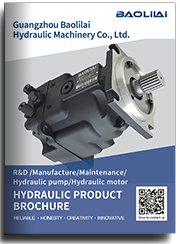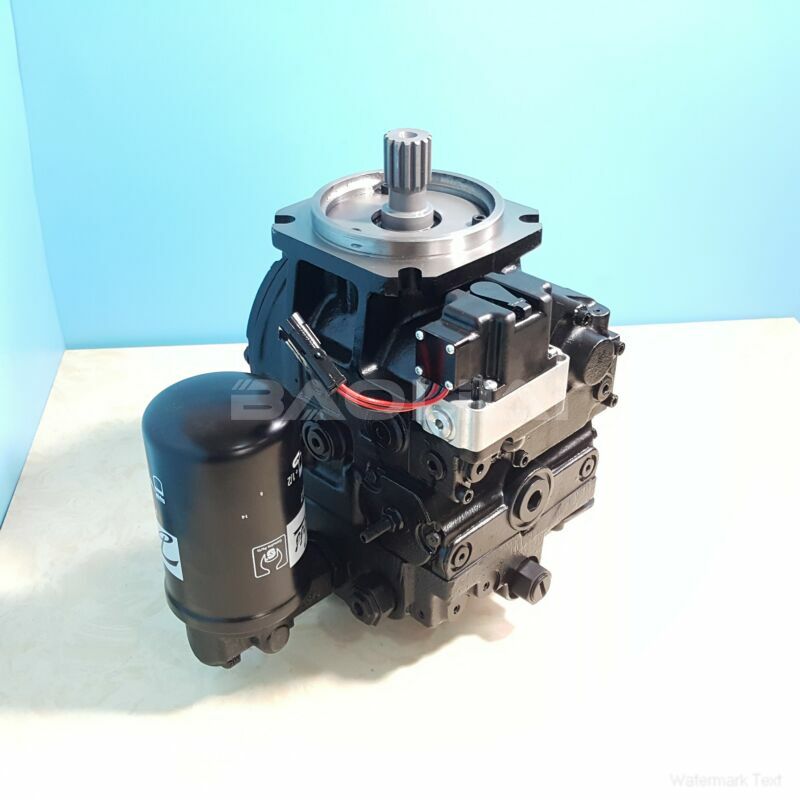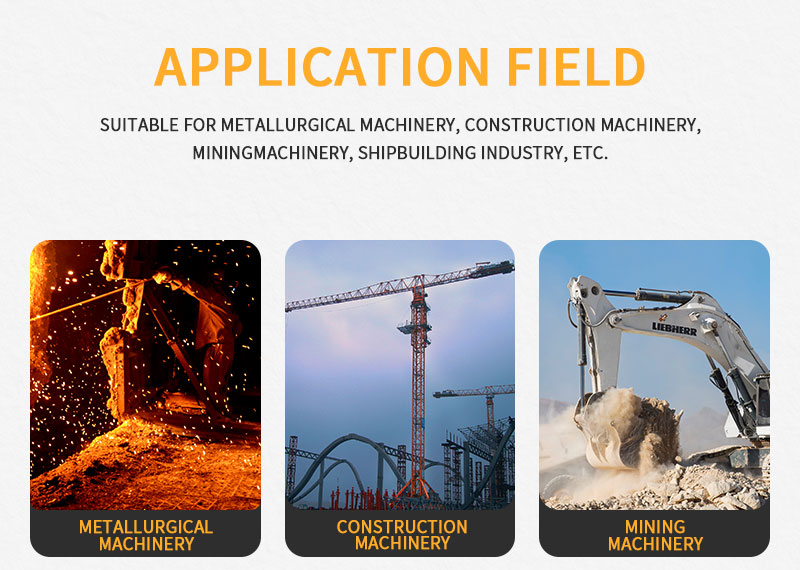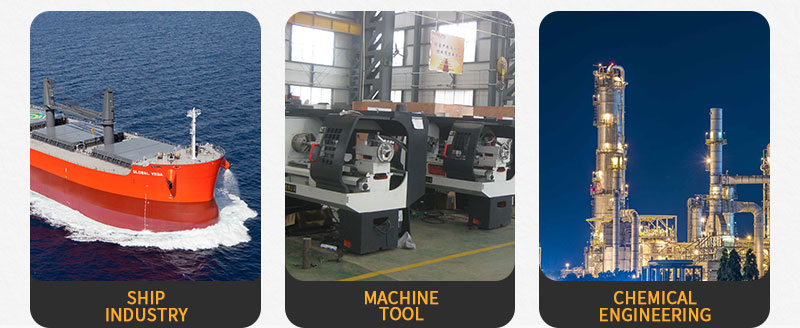90R075DD5BC60S4S1DGBGBA404024 danfoss pump
90R075DD5BC60S4S1DGBGBA404024 danfoss pump

- Product Details
- Applicable Scene
Hydraulic pumps play a crucial role in the efficient transfer of fluids in high-pressure oil pipelines. As the demand for energy continues to rise globally, the oil and gas industry has increasingly relied on advanced pumping technologies to ensure the reliable and safe transportation of crude oil and refined products. This article explores the types of hydraulic pumps, their working principles, and the key considerations for their application in high-pressure oil pipelines.
90-R-075-DD-5-BC-60-S-4-S1-D-GB-GBA-40-40-24
90R075DD5BC60S4S1DGBGBA404024
Hydraulic pumps are devices that convert mechanical energy into hydraulic energy, allowing they to transport fluids under high pressure. In high-pressure oil pipelines, these pumps are essential for overcoming the resistance posed by friction and elevation changes within the piping system. The most common types of hydraulic pumps used in these applications include gear pumps, piston pumps, and centrifugal pumps.

80001472
Gear pumps are known for their simple design and reliability. They consist of two meshing gears that trap fluid between them and transfer it from the inlet to the outlet. Gear pumps are particularly effective for high-viscosity fluids and can provide a consistent flow rate, making them suitable for transferring oil in pipeline systems. However, their efficiency may decrease at very high pressures.
Piston pumps, on the other hand, utilize reciprocating pistons to create a high-pressure fluid discharge. These pumps can handle both low and high-viscosity fluids and are capable of generating higher pressures compared to gear pumps. Piston pumps are often used in applications requiring precise flow control. Their complex design can lead to higher maintenance requirements, but their efficiency in high-pressure scenarios makes them a preferred choice for many operators.
Centrifugal pumps are widely used in various industrial applications due to their ability to move large volumes of fluid quickly. They operate by converting rotational energy from a motor into hydraulic energy through the movement of an impeller. While centrifugal pumps are typically used in lower pressure scenarios, specialized designs can accommodate higher pressures, making them viable for certain high-pressure pipeline applications.





